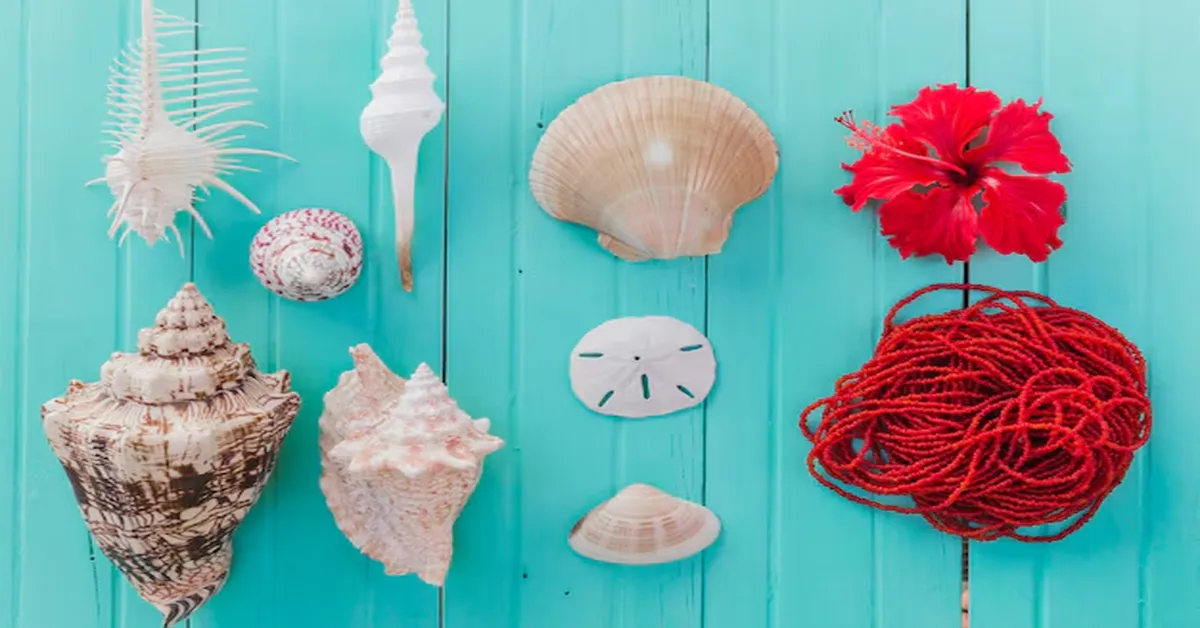The conch shell is more than just a beautiful marine artifact—it holds deep cultural, spiritual, and historical significance worldwide. From ancient civilizations to modern decor, the shell has played an essential role in rituals, music, and even marine ecosystems. In this article, we’ll explore the origins, symbolism, uses, and importance of shells across different cultures and industries.
What is a Conch Shell?
A conch shell is the hard protective outer covering of a marine mollusk belonging to the Strombidae family. These shells are spiral-shaped and have been used for various purposes, including as musical instruments, religious objects, and decorative items.
Key Characteristics of a Conch Shell:
- Large spiral shape
- Smooth, glossy interior
- Found in tropical and subtropical oceans
- Home to conch mollusks, such as the Queen Conch (Lobatus gigas)
Historical and Cultural Significance
1. Conch Shell in Ancient Civilizations
The conch shell has held religious and cultural importance for thousands of years:
- Hinduism & Buddhism: In Hindu mythology, the conch shell (Shankha) is associated with Lord Vishnu and is blown during religious ceremonies. In Buddhism, the conch represents divine sound.
- Mayan and Aztec Cultures: Ancient Mesoamerican civilizations used shells as trumpets for communication and ceremonial purposes.
- Greek and Roman Mythology: The shell is linked to Triton, the Greek sea god, who is often depicted blowing a conch to calm the waves.
- Native American Tribes: Used shells for jewelry, tools, and spiritual rituals.
2. Conch Shell in Religious Practices
Many cultures believe that the sound of a shell purifies the environment and brings good luck. It is commonly used in:
- Hindu pujas (prayer rituals) and temple ceremonies
- Tibetan Buddhist chants and meditation practices
- Christian art as a symbol of pilgrimage and baptism
Practical Uses of Conch Shells
1. Musical Instrument
One of the most unique applications of these shells is as a wind instrument. Known as the conch trumpet, it has been used in Hawaiian, Polynesian, Indian, and Andean traditions. The conch produces a deep, resonating sound when blown properly.
2. Jewelry and Decorative Items
Conch shells are often used in:
- Necklaces, rings, and bracelets
- Home decor and furniture in coastal themes
- Carvings and sculptures
3. Culinary Uses
The conch mollusk inside the shell is considered a delicacy in Caribbean, Thai, and Mediterranean cuisines. Dishes include:
- Conch fritters (Caribbean specialty)
- Conch salad
- Grilled conch with spices
4. Medicinal and Healing Practices
Traditional medicine often uses conch shells for their calcium-rich properties. In Ayurveda, powdered shells are believed to aid digestion and treat skin disorders.
Environmental Impact and Conservation
1. Overharvesting and Endangered Species
Due to high demand for conch meat and shells, several species, including the Queen Conch, are now threatened. Overharvesting has led to:
- Decline in wild conch populations
- Government-imposed fishing regulations
- Increased focus on conch aquaculture (farming conchs sustainably)
2. Role in Marine Ecosystems
Conchs play a crucial role in marine ecosystems by:
- Grazing on algae, which helps maintain coral reef health
- Serving as a food source for predators like octopuses and sharks
How to Ethically Source Conch Shells
If you’re interested in buying shells, consider these ethical guidelines:
- Check for legality: Some regions ban or regulate conch harvesting
- Opt for vintage or recycled shells
- Avoid buying from poachers or unregulated markets
Conclusion
The conch shell is a timeless artifact with deep spiritual, historical, and practical significance. Whether used for music, decoration, or rituals, it remains a symbol of cultural heritage and oceanic beauty. However, due to conservation concerns, it is essential to support ethical sourcing and sustainability efforts.
FAQs
1. Can you hear the ocean in a conch shell?
- The sound you hear is not the ocean but rather ambient noise resonating inside the shell’s structure.
2. Is it illegal to collect conch shells?
- In many areas, collecting live conch is illegal due to conservation laws. Always check local regulations before collecting shells.
3. How do you clean a shell?
- Soak it in a mixture of water and bleach for several hours, then scrub gently with a brush to remove debris.
4. What does the conch symbolize?
- The conch is a symbol of purity, strength, and divine sound in many cultures, especially in Hinduism and Buddhism.
5. Can you use a shell as a musical instrument?
- Yes! By cutting off the tip and blowing air through it, the conch shell can produce a trumpet-like sound.









